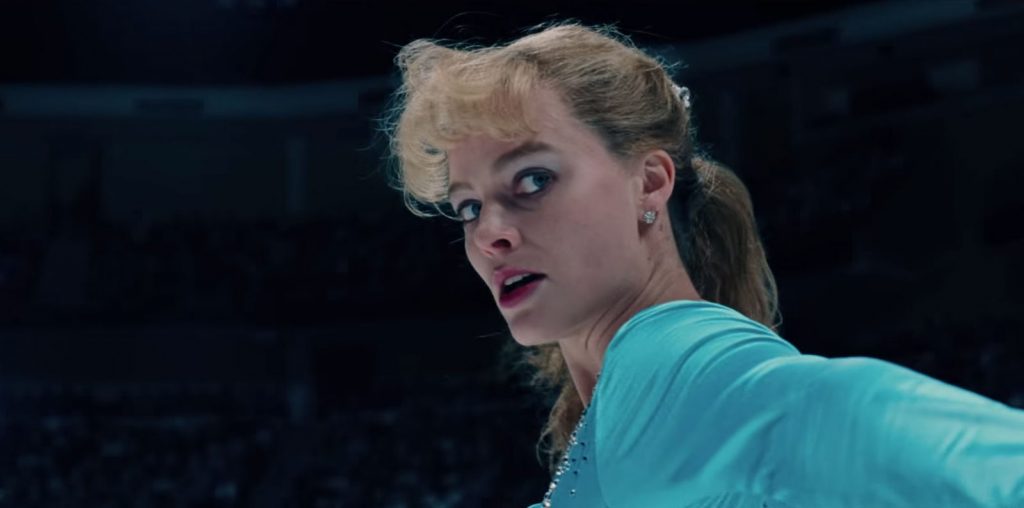
BOOTLEG FILES 235: Smash-Up – The Story of a Woman” (1947 melodrama starring Susan Hayward).
LAST SEEN: Available for viewing at several online sites.
AMERICAN HOME VIDEO: Only through public domain labels.
REASON FOR BOOTLEG STATUS: A lapsed copyright.
CHANCES OF SEEING A COMMERCIAL DVD RELEASE: Nope, it’s stuck in public domain hell for eternity
If you are reading this column, you are probably expecting some commentary and history regarding an old-time film. You probably didn’t come here for a personal confession. Well – surprise! I need to start with a personal confession before I begin to talk about this week’s film.
My confession isn’t all that interesting, but here we go: I recently overcame a serious drinking problem. Whether or not I could be classified as an alcoholic is something I cannot answer. I was never drunk, nor did my alcoholic intake ever impair my work or social life. But it made a mess of my health, my emotional well-being, my finances and my self-respect. One of the best things I ever did was stopping my alcohol intake.
In retrospect, I realized how I was able to allow this situation to get out of hand – I didn’t recognize the warning signs. For me, the concept of the alcoholic (borderline or acute) was based on how popular culture depicted those with drinking problems. The cinematic notion of the alcoholic was someone in a fairly operatic descent, and I didn’t see myself as that caricature.
And that brings us to this week’s movie: the 1947 feature “Smash-Up – The Story of a Woman.” The film was very unusual for its period by presenting alcoholism’s effect on a woman; usually, the typical heavy drinker in movies is a man. But beyond that novelty, the film is also unusual in a wide number of ways.
First and foremost, the film is a very thinly disguised retelling of the story of Bing Crosby and his first wife, the singer and actress Dixie Lee. By most accounts, Lee was an extraordinary talent who should have been a major star in her own right. However, her career was marred by alcoholism, which ultimately wrecked her health and helped speed her death in 1952 at the age of 41. It is not certain what Crosby and Lee felt about this unauthorized film regarding their lives – while a great many details were fudged or invented to prevent a lawsuit, it was fairly obvious to the Hollywood insider crowd what this production was really all about.
And part of the talent for writing a film that stayed on the far side of legal action was Dorothy Parker, one of the most remarkable wordsmiths of her day. Parker was, herself, an alcoholic, so it is not clear how much of her personal experience went into this film. Ironically, she was responsible for penning one of Bing Crosby’s hit tunes, the 1936 “I Wished on the Moon.” “Smash-Up – The Story of a Woman” was her second-to-last screenplay before her Hollywood career was severed during the McCarthy era blacklist (she was able to see “The Fan” get on screen in 1949 before the Red scare took its effects). Parker, though, only co-wrote the film’s original story; John Howard Lawson, who would also be blacklisted, received screenplay credit.
And then there’s the film’s star, Susan Hayward. Born Edythe Marrenner in Brooklyn, she headed to Hollywood in 1937 to test for the role of Scarlett O’Hara in the film adaptation of “Gone with the Wind.” Refusing to take the negative comments of the screen test’s director to heart, she decided to stay in Tinseltown and pursue a film career. In typical Brooklyn fashion, she didn’t take “no” for an answer. With a new name and a determination that was tough (even by the film industry’s standards), she pushed ahead and made the climb from bit parts to minor supporting parts to second leads to lead roles in minor flicks. With “Smash-Up,” she made the long-sought transition to the lead in a major production.
In “Smash-Up,” Hayward starred as Angelica Evans, a promising nightclub singer who falls in love with Ken Conway (Lee Bowman), a rising performer. Angelica marries Ken, then opts to leave show business and work to help promote his career. Her efforts pay off and Ken becomes a major star. While their domestic life is initially happy (including the arrival of a darling baby girl), Angelica chafes at being the stay-at-home type. Her unhappiness is compounded by insecurity that Ken’s gorgeous secretary is doing a lot more than taking shorthand. Needless to say, the presence of numerous alcohol bottles start to play a significantly important role in Angelica’s daily routine. Her drinking gets so out of control that Ken takes away their daughter. Incredibly, Angelica winds up pulling herself together – to the point of scoring a heroic rescue from a burning building!
Neither Hayward nor Bowman were singers, so their musical numbers were dubbed (Hayward’s song voice belonged to Peg La Centra and Bowman’s came from Hal Darwin). Ultimately, the music didn’t matter (the film’s score was undistinguished). The focus was on Hayward’s alcohol-fueled disintegration, which was presented in full-force melodrama. Her character was not the internalized, isolated suffering soul. Instead, her interpretation of a severe drinking problem was a full-blown, oversized wreckage. Watching Hayward in “Smash-Up” can easily remind one of Jon Lovitz’s Master Thespian character, with his grand proclamation”I’m Acting!”
The film wasn’t particularly successful, and many critics sadly noted it paled in comparison to the 1945 Billy Wilder masterwork “The Lost Weekend,” which detailed alcoholism with greater focus and maturity. Nonetheless, Hayward earned her first Oscar nomination as Best Actress for this role. However, this was one of the weakest years in the Academy’s history for the Best Actress category: Hayward was up against Joan Crawford in “Possessed,” Dorothy McGuire in “Gentleman’s Agreement” (the weak link in an otherwise great film), Rosalind Russell in “Mourning Becomes Electra” and the surprise winner of Loretta Young in the mild comedy “The Farmer’s Daughter.” Dorothy Parker and her writing partner Frank Cavett were also Oscar nominated in the now-defunct Original Motion Picture Story category, but they lost to Valentine Davies’ story for “Miracle on 34th Street.”
Hayward’s career took off with “Smash-Up,” and she chalked up four additional Oscar nominations (she finally won with “I Want to Live!” in 1958). Ironically, she returned to the territory of alcoholic singers in 1955 by playing Lillian Roth in the biopic “I’ll Cry Tomorrow.” Perhaps she was unhappy over her dubbed singing in “Smash-Up,” because she handled her own warbling for “I’ll Cry Tomorrow” (and not badly, it should be said).
Today, the film remains a curio that’s recalled only as Hayward’s first big break. Despite Jonathan Rosenbaum’s insistence that the film “cries out for revaluation,” few critics have been willing to elevate it to noteworthy status. The film’s copyright lapsed without renewal, thus dooming it to a permanent status of public domain. If you want to watch “Smash-Up” today, you have to sort through a number of duped videos and DVDs (most of them are fair-to-poor in visual quality).
Well, there you have it. You learned about an old movie and one of my former bad habits. Let that be a lesson to you – don’t overindulge in drinking or movies about people who overindulge in drinking!
IMPORTANT NOTICE: The unauthorized duplication and distribution of copyright-protected material, either for crass commercial purposes or profit-free s***s and giggles, is not something that the entertainment industry appreciates. On occasion, law enforcement personnel boost their arrest quotas by collaring cheery cinephiles engaged in such activities. So if you are going to copy and distribute bootleg videos and DVDs, a word to the wise: don’t get caught. Oddly, the purchase and ownership of bootleg videos is perfectly legal. Go figure


I do not think the music in this film is not noteworthy. The beginning scenes of Hayward singing a song in one more upscale venue after another are beautifully done. Moreover, the inception of Life Can Be Beautiful is also marvelous. Not only are the orchestrations excellent, but the vocals are marvelous. I have always enjoyed watching this movie . It is simply a well produced, directed and acted piece. As always, Susan Hayward steals the show. She is one of the best movie actresses of the 20th century.
Thank you for the above boot-leg file review, which contained much info on Susan and the so talented Dorothy Parker. I went searching for info after watching the final scene in the movie which faded into The End with the viewer listening to the dialogue and given only a rear view of Angelica seated , which made me wonder if it was Susan Hayward or a double.
Ah, well, guess I will die wondering.
Regards and best wishes
Tricia Goldie.